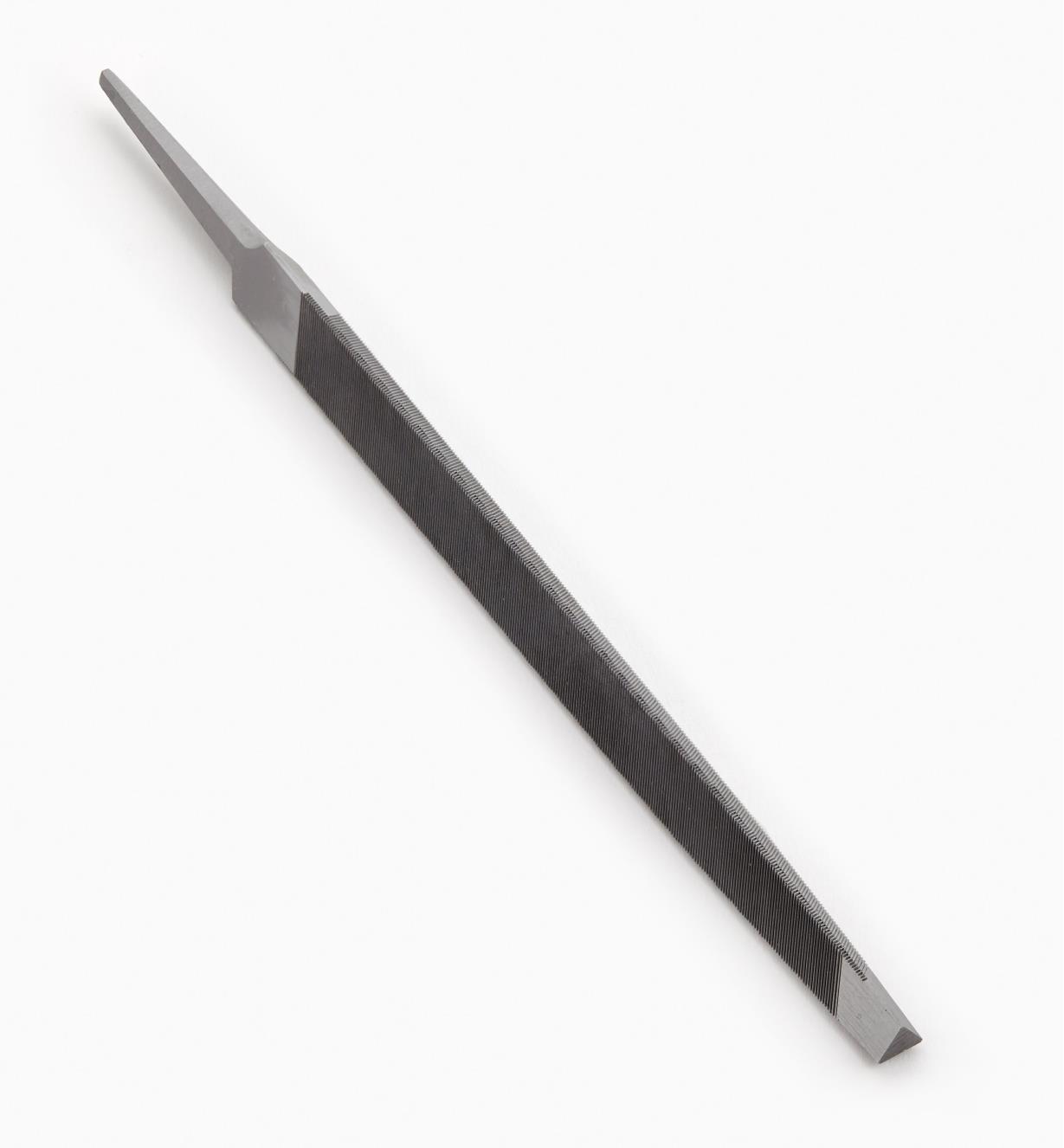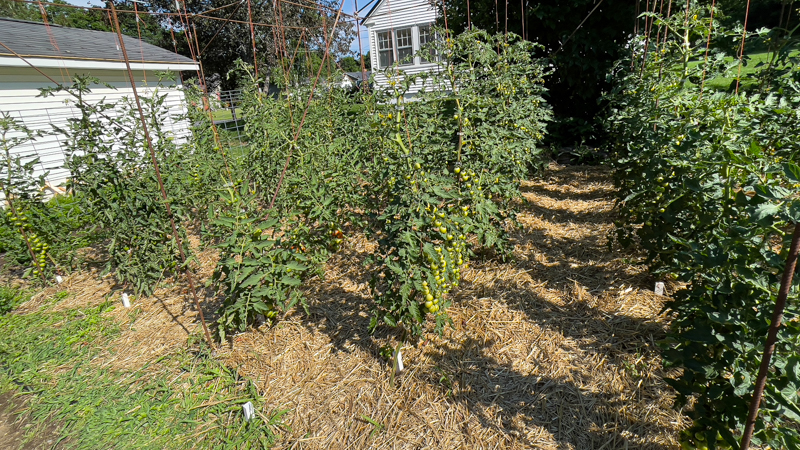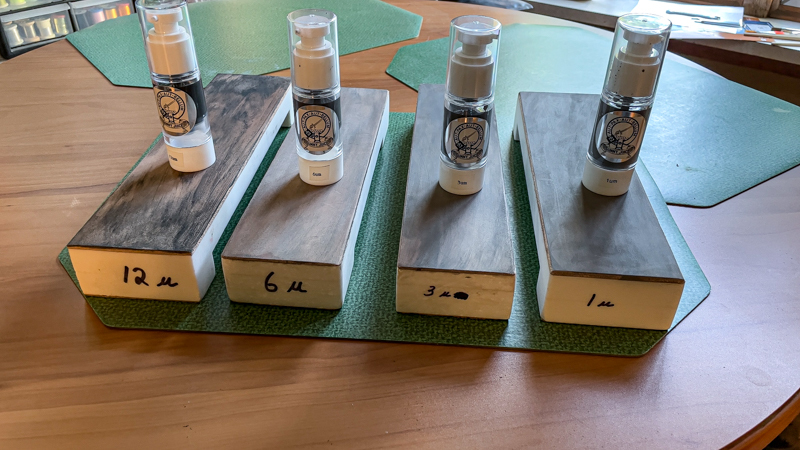I was in a sharpening mood yesterday, so got out one of my cotis to demonstrate speed (the stone is still dished from when I got it, so I've flattened it into a 'V' shape and use half of the stone at a time). This is without raising slurry, just a spray of water, and if you look at the surface of the stone you can see just how quickly it's swarfing up pretty much instantly. I've raised and flipped burrs in this vid several times, as you can probably tell by how long it takes me to deburr - the stone just keeps forming new ones at all but the lightest of pressure.
This coticule I admit is slightly unusual; it is seriously fast, while being very fine, and finishing with incredible bite if you don't overwork it. Other cotis I have do this kind of thing, but not to the same extremes that this one does.
The only other stone I've used that's anywhere near it in terms of performance is a Nakayama Kiita Tomae from Alex G's hoard. Though that's not as fast, nor as fine, and leaves slightly more polished edges. But it's not a million miles away.
This coticule I admit is slightly unusual; it is seriously fast, while being very fine, and finishing with incredible bite if you don't overwork it. Other cotis I have do this kind of thing, but not to the same extremes that this one does.
The only other stone I've used that's anywhere near it in terms of performance is a Nakayama Kiita Tomae from Alex G's hoard. Though that's not as fast, nor as fine, and leaves slightly more polished edges. But it's not a million miles away.
Last edited:







